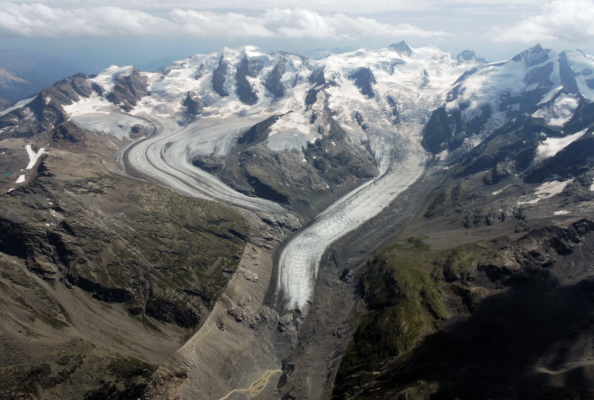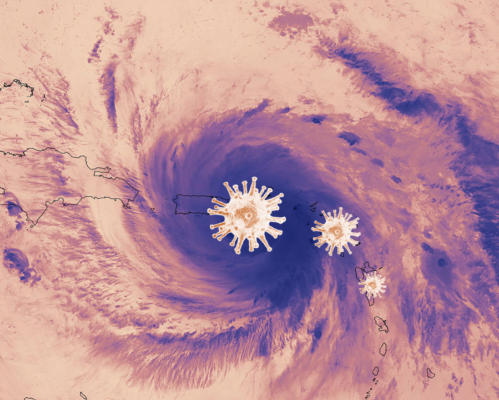Lake Urmia, in Northwest Iran, was once the most extensive and permanent hypersaline lake (salinity >> of ocean) in the world. Since 1995, the lake water level has dropped about 8 m, shrinking to less than 30% of its original surface area and losing more than 90% of its water volume over two decades [1]. Unsustainable water management in response to increasing demand together with climatic e ...[Read More]
Breathing life into a d(r)ying lake in northwest Iran




